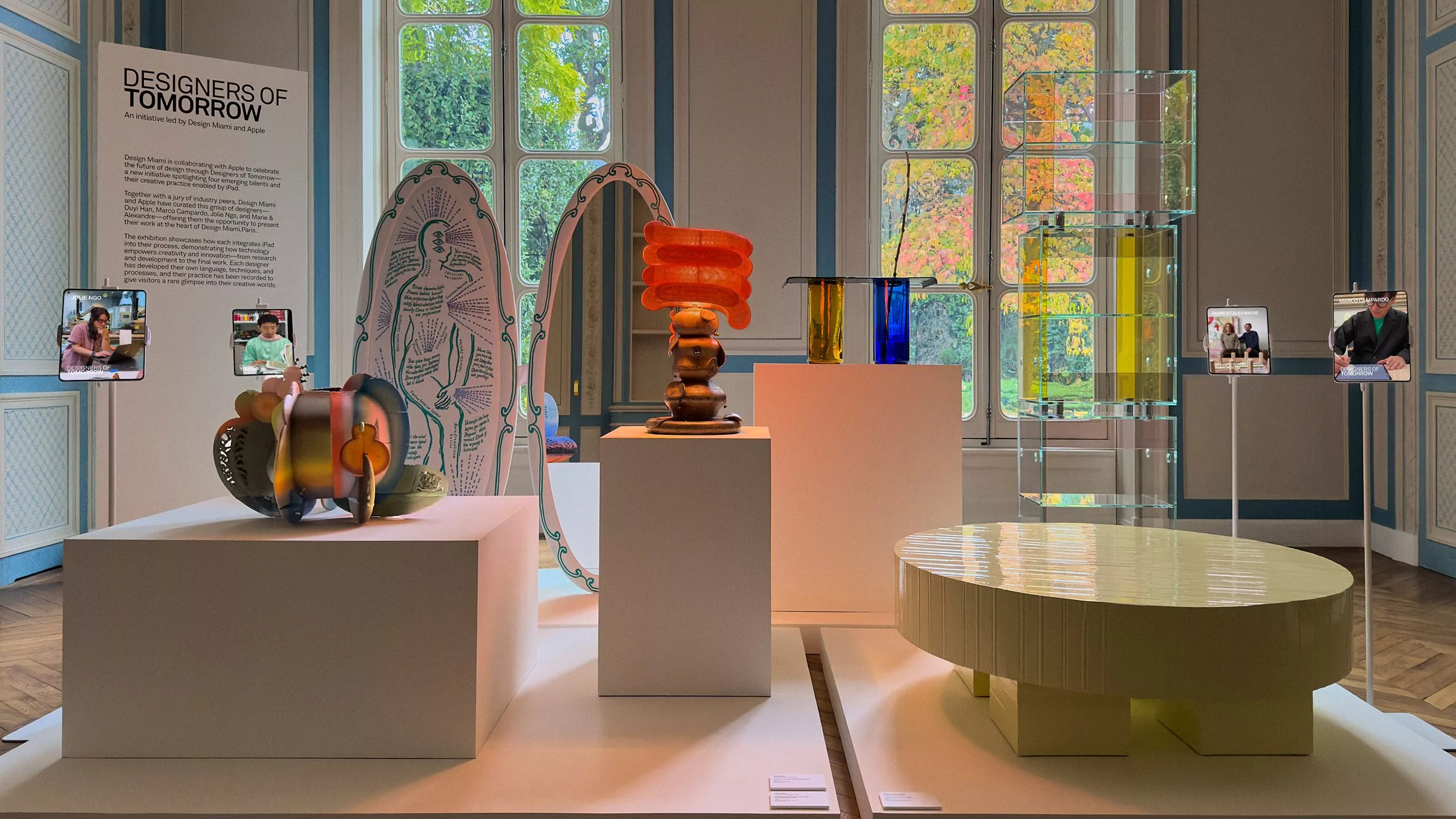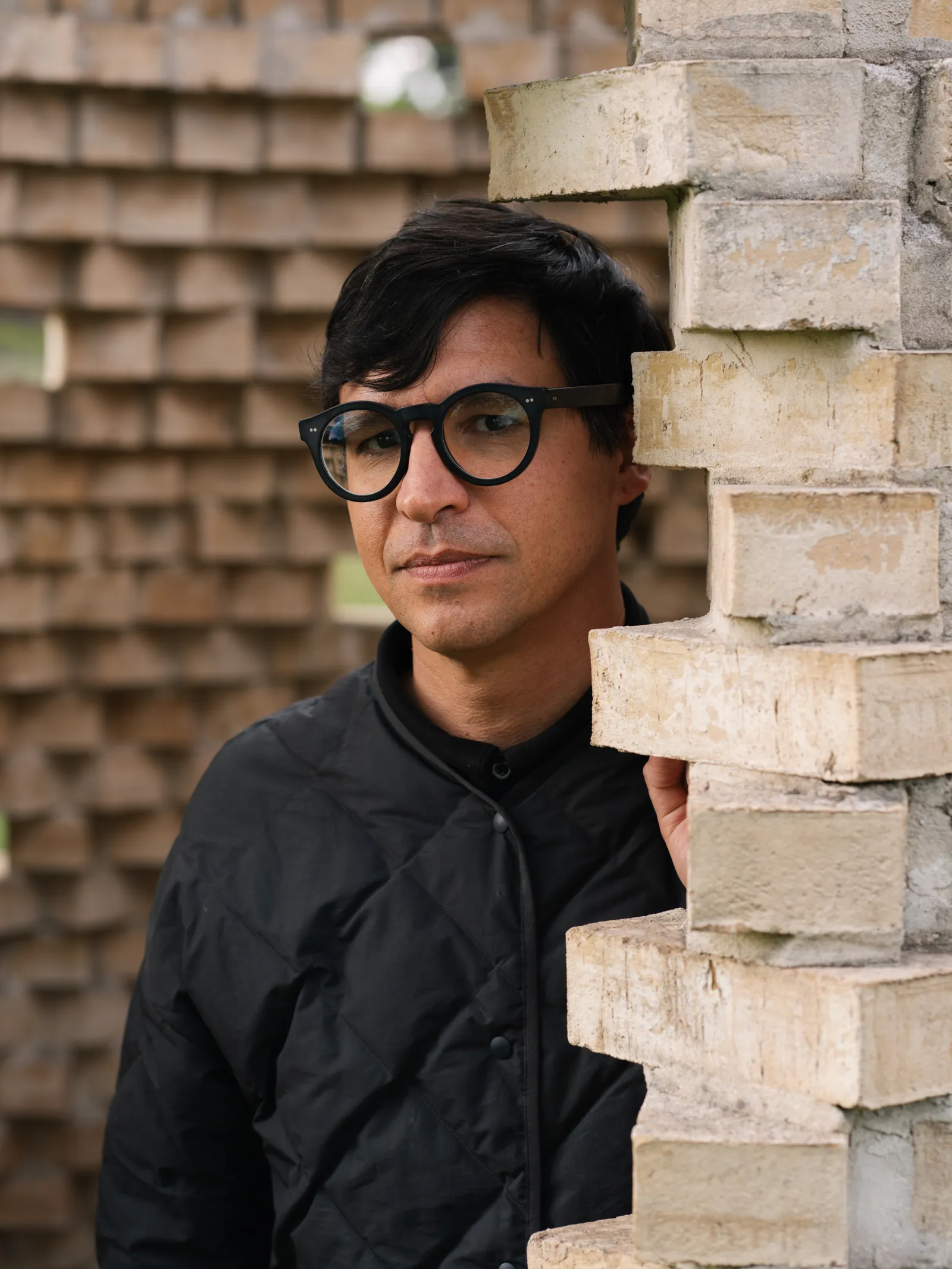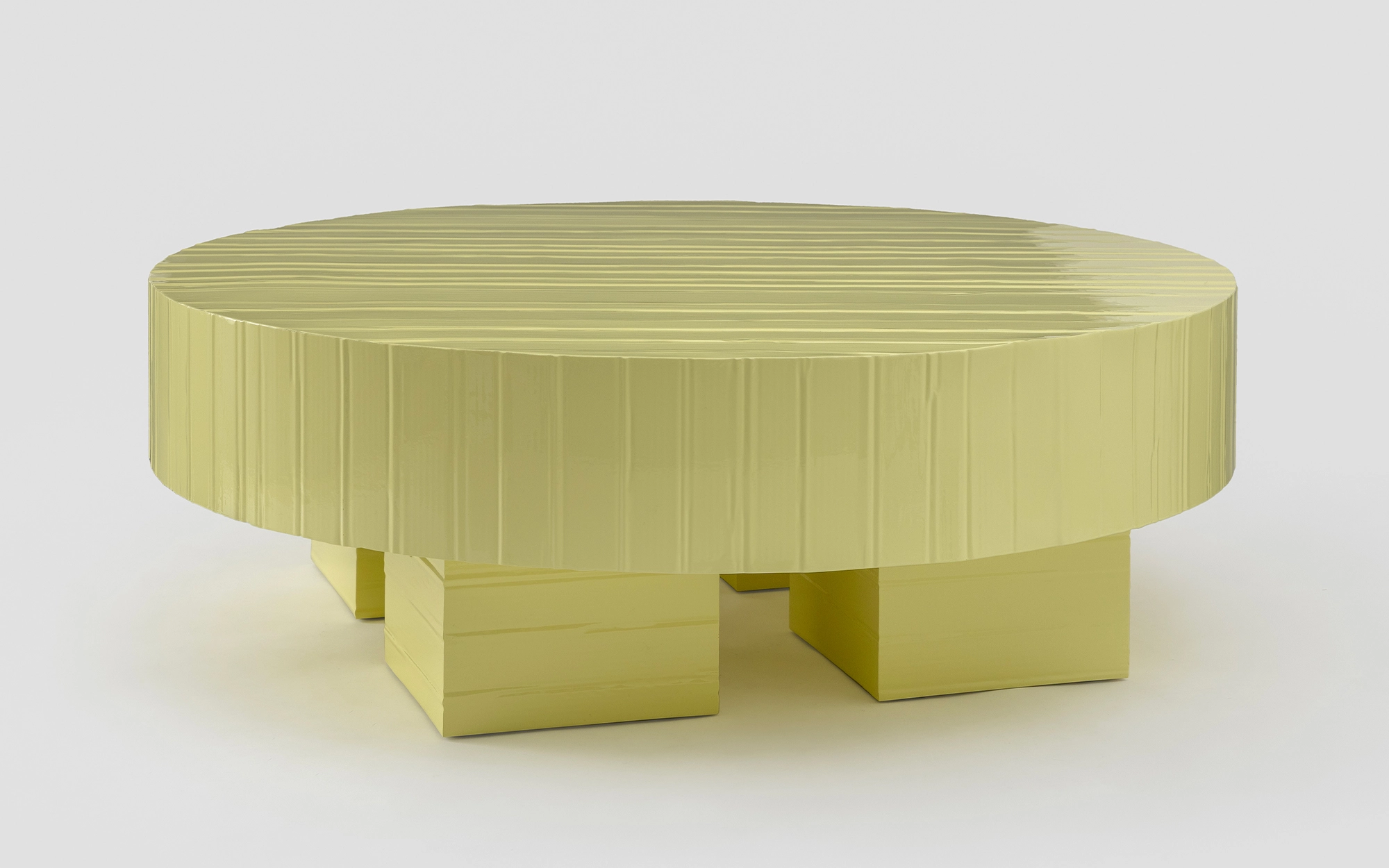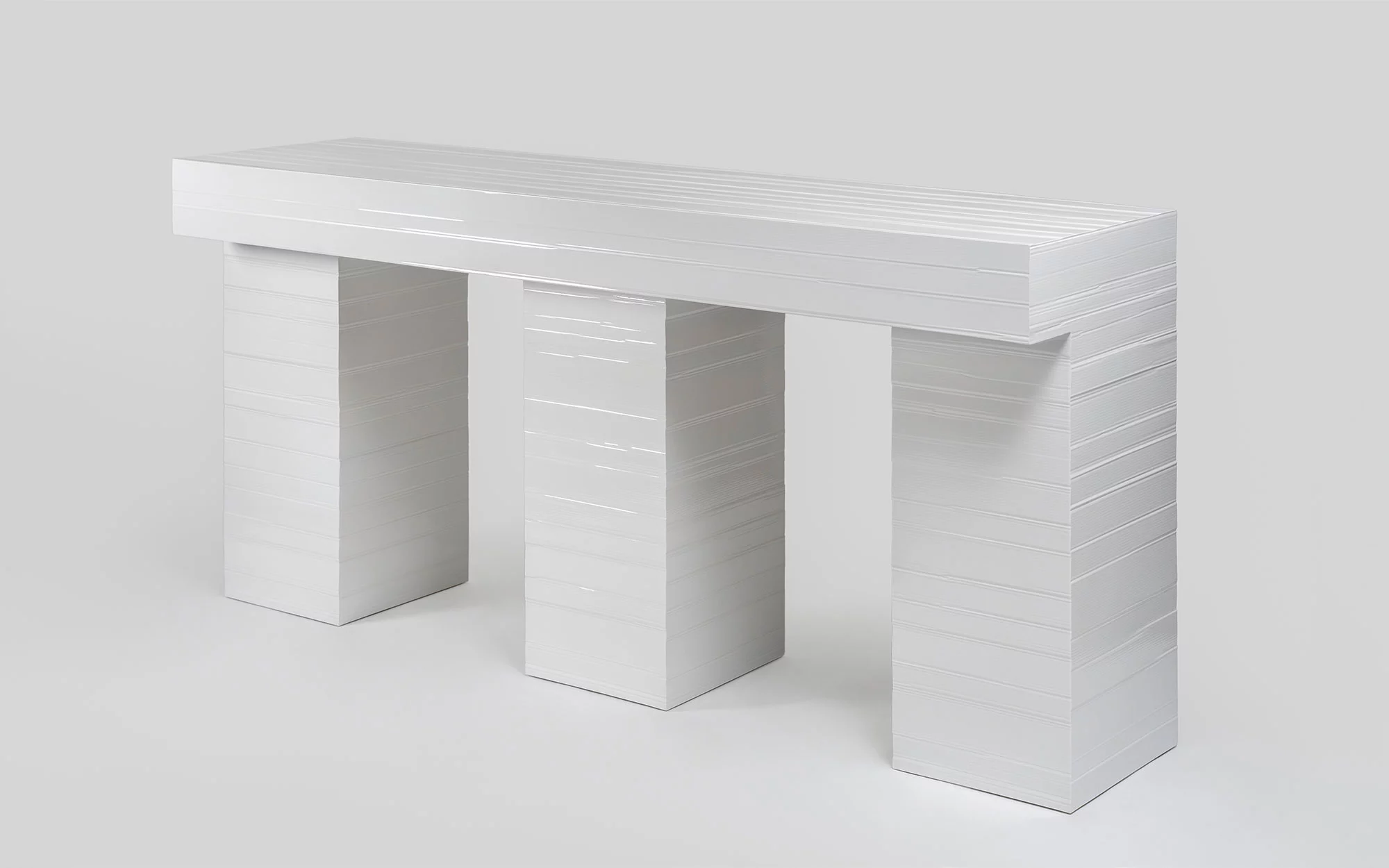Marco Campardo
Designers of Tomorrow
Design Miami.Paris 2025

Designers of Tomorrow
Design Miami.Paris 2025
For this Paris edition of Design Miami, the fair joins forces with Apple to present the inaugural Designers of Tomorrow, highlighting four designers: Atelier Duyi Han, Jolie Ngo, Marie & Alexandre, and Marco Campardo.
This launch coincides with the release of the new iPad Pro M5, conceived as a tool for both experience and creation. The exhibition illustrates how technology can support contemporary creativity and enrich the processes of making.
Italian designer Marco Campardo, based in London, continues his Jello series, produced by Galerie kreo, with a new rounded form for his coffee table.

Q&A with Marco Campardo :
Why are you a designer?
Design is no longer just a job for me — it’s a way of living. It helps me understand the world through making, materials, processes, and social engagement. Design feeds my endless appetite for discovery, my eternal curiosity, and my constant need to answer the many “why’s” I encounter.
How is Apple technology / iPad an integral part of your practice?
I’ve been using Apple products since I was a teenager. In my parents’ garage, there’s still an iMac G3 — my very first Mac. Since then, Apple technology has been part of my everyday life. At the moment, I use Apple devices daily. Lately, my iPhone and iPad have become essential, especially for sketching while commuting in London. I grew up with this technology, and it feels like it’s part of me.
What does it mean for you to be a featured designer in this program?
First of all, I feel very grateful and happy. Being recognized helps people trust themselves and believe in the value of their work. I’m especially glad when this happens, because it means I’m speaking a language that others can understand and connect with.
Please describe the work that will be featured in the project (approx. 100-200 words) and any key themes / inspiration.
For this special occasion, I decided — together with Galerie kreo — to present a new piece from the Jello collection. It’s a round coffee table, the first of its kind in my work, as I’ve never designed a round coffee table before. What makes it unique is its appearance: the finished piece looks like an enormous block of butter. It appears almost edible, while also functioning as a sculpture and as furniture. The inspiration for the Jello collection began one morning while I was having buttered toast. As I unwrapped the butter, I noticed the textures left by the packaging on its surface. That observation sparked my curiosity about moulds: what they mean, how they shape matter, and how a mould itself could become a source of unique form. In this case, I experimented with using cardboard to create distinctive, unrepeatable surface textures.
Can you describe the innovation in your design process?
For me, innovation lies in questioning the very meaning of a mould — both in its industrial sense and in its potential for uniqueness. A mould is usually associated with reproduction, a way to create identical copies of an object. I wanted to challenge that idea: could a mould instead be a tool for uniqueness? By using cardboard as the starting point for the mould, I create textures that never repeat, turning a process of standardization into a process of individuality.
Tell us more about the materiality of this work. Why did you choose these materials?
The object is entirely made from a resin commonly used in boat manufacturing. This resin is UV-resistant, scratch-resistant, and stain-resistant, making it extremely durable and suitable even for outdoor use. Longevity is very important in my practice, and this material was the perfect choice to achieve that. Additionally, the resin allows me to create pieces that are both large in scale and surprisingly lightweight — a crucial balance for the Jello collection.

© Image credits Design Miami.Paris :
Elodie Croquet




